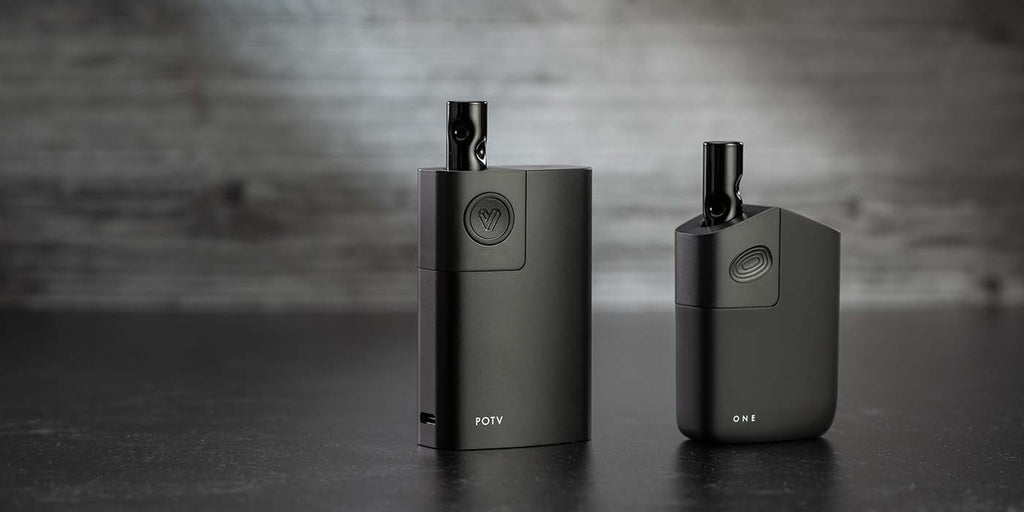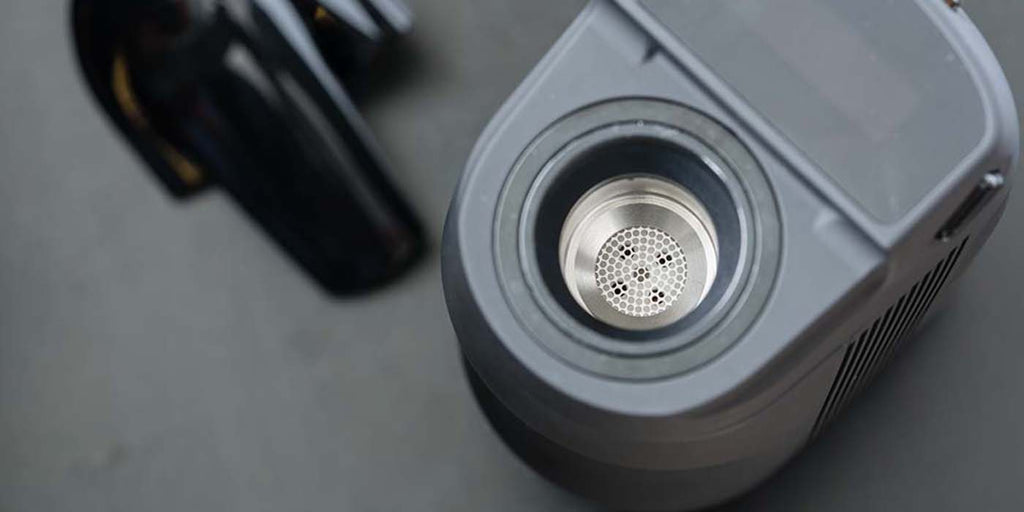In this article, we dive into the world of vaping and explore the question on everyone’s mind: how long does vape smoke stay in the air? We’ll examine the factors that determine how long it lingers, the difference between vape smoke and traditional cigarette smoke, and what you can do to minimize its impact on your environment. We’ve got you covered with all the information you need to make informed decisions about your vaping experience.
The Science Behind Vape Smoke Dissipation
To understand how long vape smoke stays in the air, we need to delve into the science behind it. Vape smoke, also known as aerosol or vapor, consists of tiny liquid droplets suspended in the air. These droplets contain various chemicals, including nicotine, propylene glycol, glycerin, and flavorings.
Factors Influencing Vape Smoke Persistence
Several factors influence how long vape smoke lingers in the air, including:
- Ventilation: Proper airflow plays a significant role in dispersing vape smoke. Spaces with good ventilation will clear the smoke more quickly than poorly ventilated areas.
- Humidity: High humidity levels can cause vape smoke to linger for longer periods, as the moisture in the air slows down the evaporation of the droplets.
- Temperature: Warmer temperatures promote faster evaporation, causing vape smoke to dissipate more quickly.
- Size of the droplets: The size of the droplets in the vape smoke can also impact how long it stays in the air. Smaller droplets evaporate more rapidly than larger ones.
Taking these factors into account, it’s difficult to provide a precise duration for how long vape smoke stays in the air. However, generally speaking, vape smoke tends to dissipate more quickly than traditional cigarette smoke, often clearing within minutes under optimal conditions.
Vape Smoke vs. Cigarette Smoke: Key Differences
While both vape smoke and cigarette smoke contain harmful chemicals, there are some crucial differences between the two:
- Composition: Cigarette smoke consists of a complex mixture of over 7,000 chemicals, many of which are toxic and harmful to human health. In contrast, vape smoke contains far fewer chemicals, though some are still potentially harmful.
- Secondhand exposure: Secondhand vape smoke is generally considered less harmful than secondhand cigarette smoke, as it contains lower levels of toxic chemicals. However, more research is needed to fully understand the long-term effects of secondhand vape smoke exposure.
- Odor: Vape smoke typically has a less offensive odor than cigarette smoke, often taking on the scent of the e-liquid flavoring. This makes it less noticeable and more easily dispersed in the air.
Minimizing the Impact of Vape Smoke on Your Environment
To reduce the persistence of vape smoke in the air and minimize its impact on your surroundings, consider the following tips:
- Improve ventilation: Ensure that your indoor space has proper airflow by opening windows and doors, using exhaust fans, or installing air purifiers.
- Choose low-VG e-liquids: E-liquids with a higher propylene glycol (PG) to vegetable glycerin (VG) ratio produce smaller droplets that evaporate more quickly, reducing the lingering effects of vape smoke.
- Vape outdoors: Whenever possible, opt to vape outdoors, where the smoke will dissipate more quickly and have less impact on your indoor environment.
- Be mindful of others: Avoid vaping in close proximity to non-vapers, especially children and those with respiratory issues, as they may be more sensitive to the effects of vape smoke.
The Impact of Vape Smoke on Indoor Air Quality
While vaping is often touted as a cleaner alternative to smoking traditional cigarettes, it’s essential to recognize that vape smoke can still have an impact on indoor air quality. Research shows that vaping indoors can lead to increased levels of certain air pollutants, including nicotine, particulates, and volatile organic compounds (VOCs). These pollutants can linger in the air and settle on surfaces, contributing to what is known as “thirdhand” exposure.
However, the extent of this impact largely depends on the factors we’ve discussed earlier: ventilation, humidity, temperature, and the size of the droplets. By understanding these elements and taking proactive steps to manage them, you can significantly reduce the persistence of vape smoke in your environment and protect your indoor air quality.
The Bottom Line: Understanding and Managing Vape Smoke
In conclusion, the length of time vape smoke stays in the air is influenced by several factors and can vary significantly from one situation to another. However, with proper understanding and management, you can ensure that your vaping experience has minimal impact on your surroundings.
Remember, the key lies in balancing your enjoyment of vaping with a mindful approach towards the environment and those around you. By improving ventilation, choosing the right e-liquids, and being mindful of where and when you vape, you can enjoy your vaping experience without compromising the air quality in your space.
Thank you for joining us on this deep dive into the world of vaping. We hope this article has answered your questions about how long vape smoke stays in the air, and has provided you with valuable insights to make your vaping experience better and more enjoyable.
Happy vaping, and remember: knowledge is power! The more you understand about vaping and its effects, the better equipped you’ll be to make informed decisions that enhance your vaping experience and protect your environment.
Related links:







